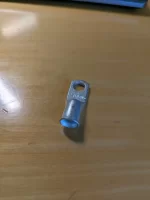- Joined
- Jan 3, 2022
- Messages
- 5,213
- Reaction score
- 5,475
- Location
- Santa Clara County, CA
- Cars
- Air GT, XC40 P8 EV
It'd be cool if Lucid would at least fix the LCHCS home page units typo, and that problem with 192.168.1.x networks. At least show it's still cared about.Yeah that sounds about right

